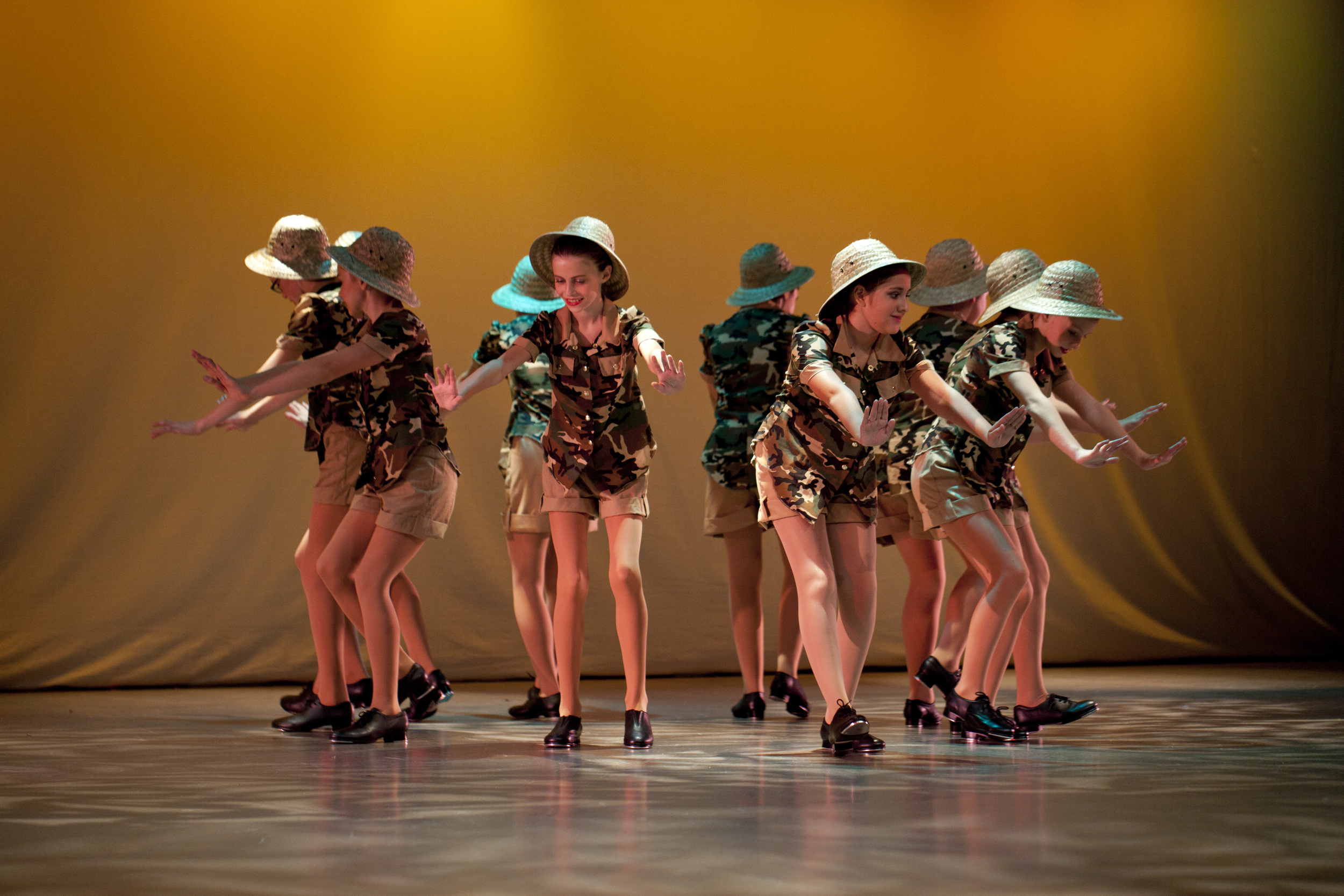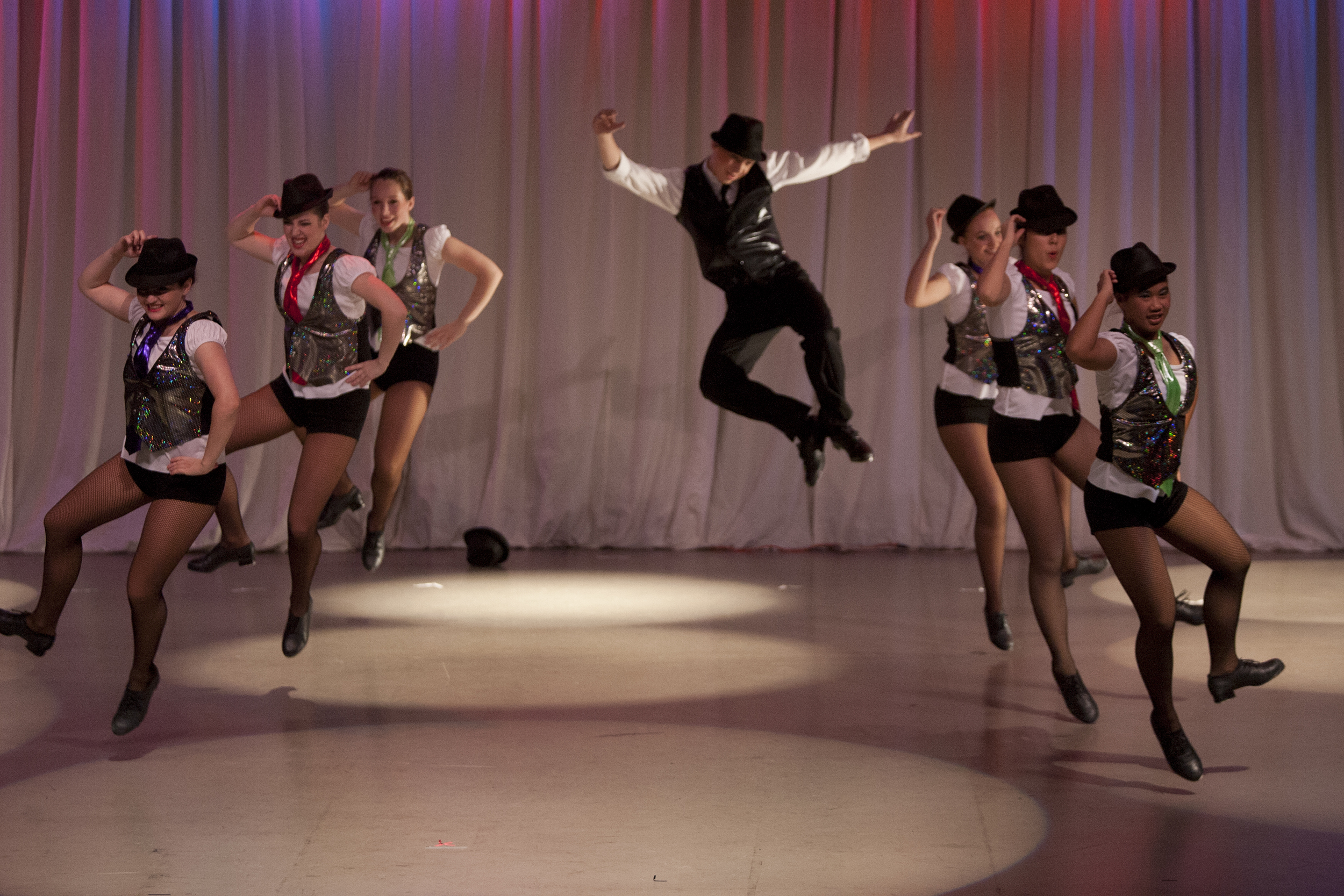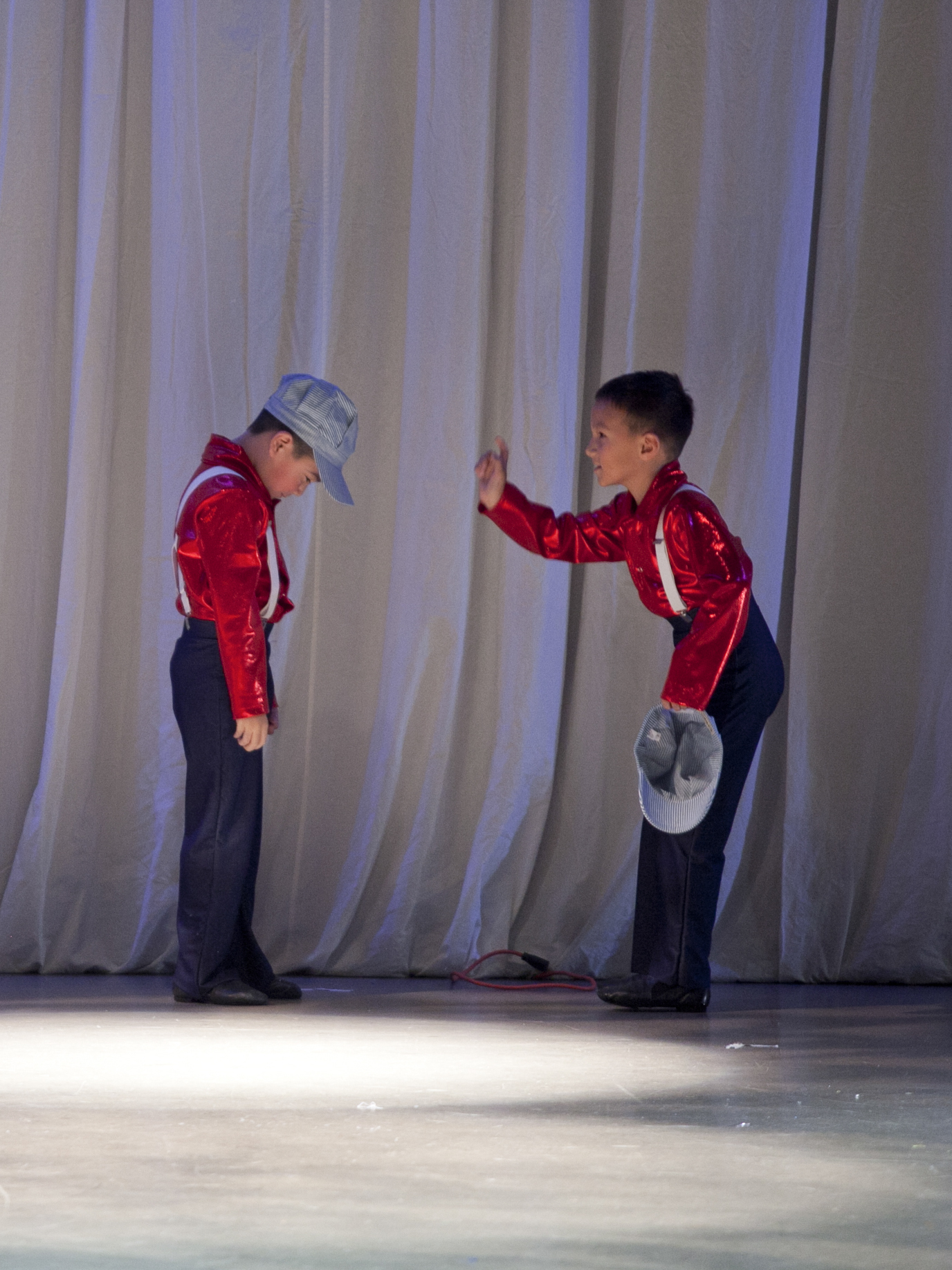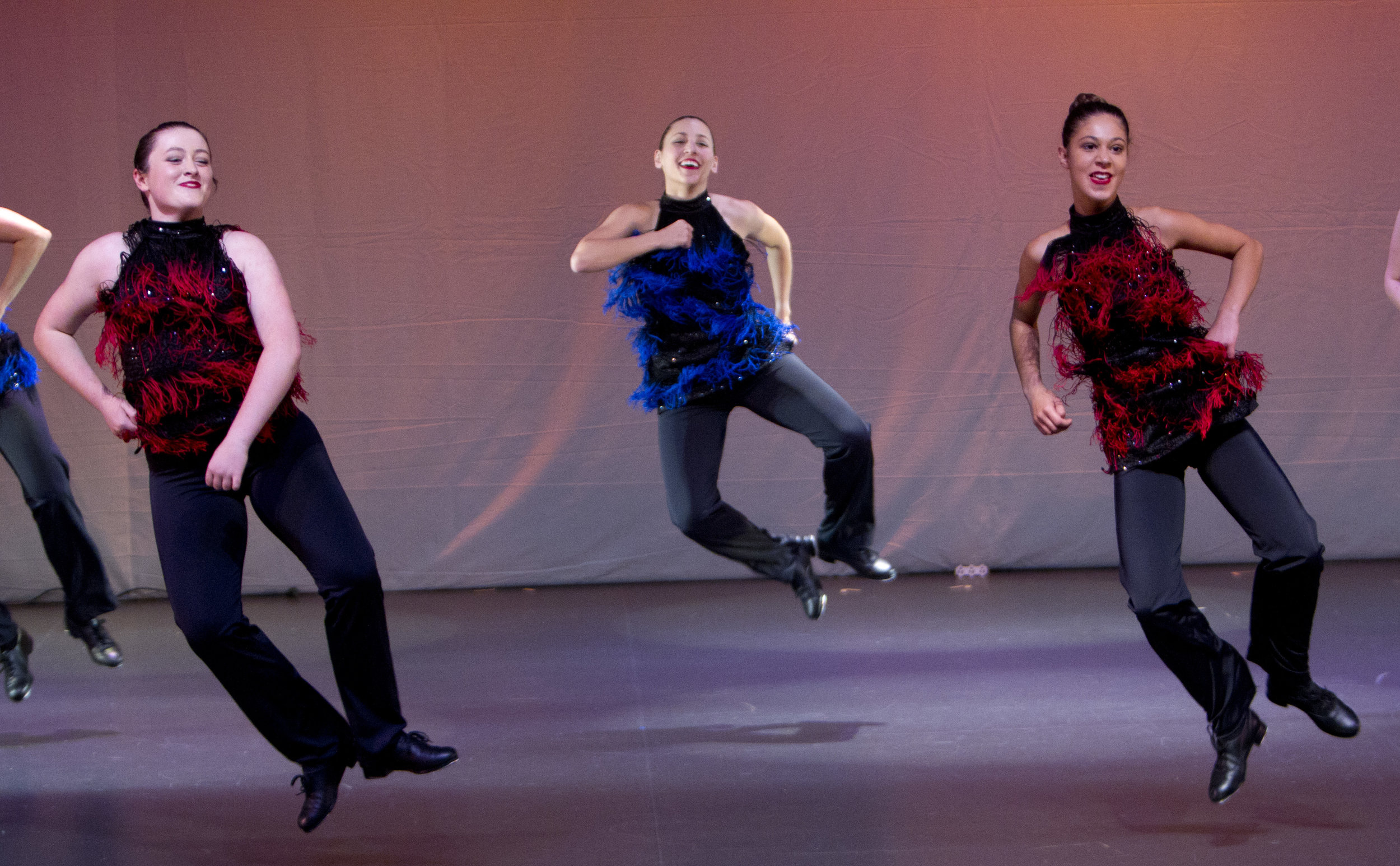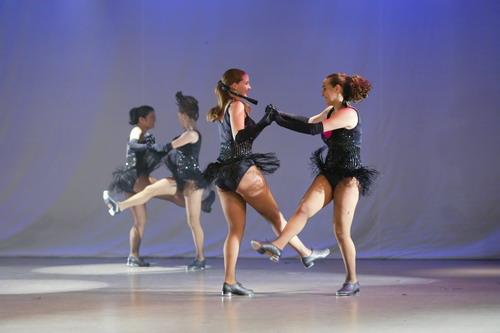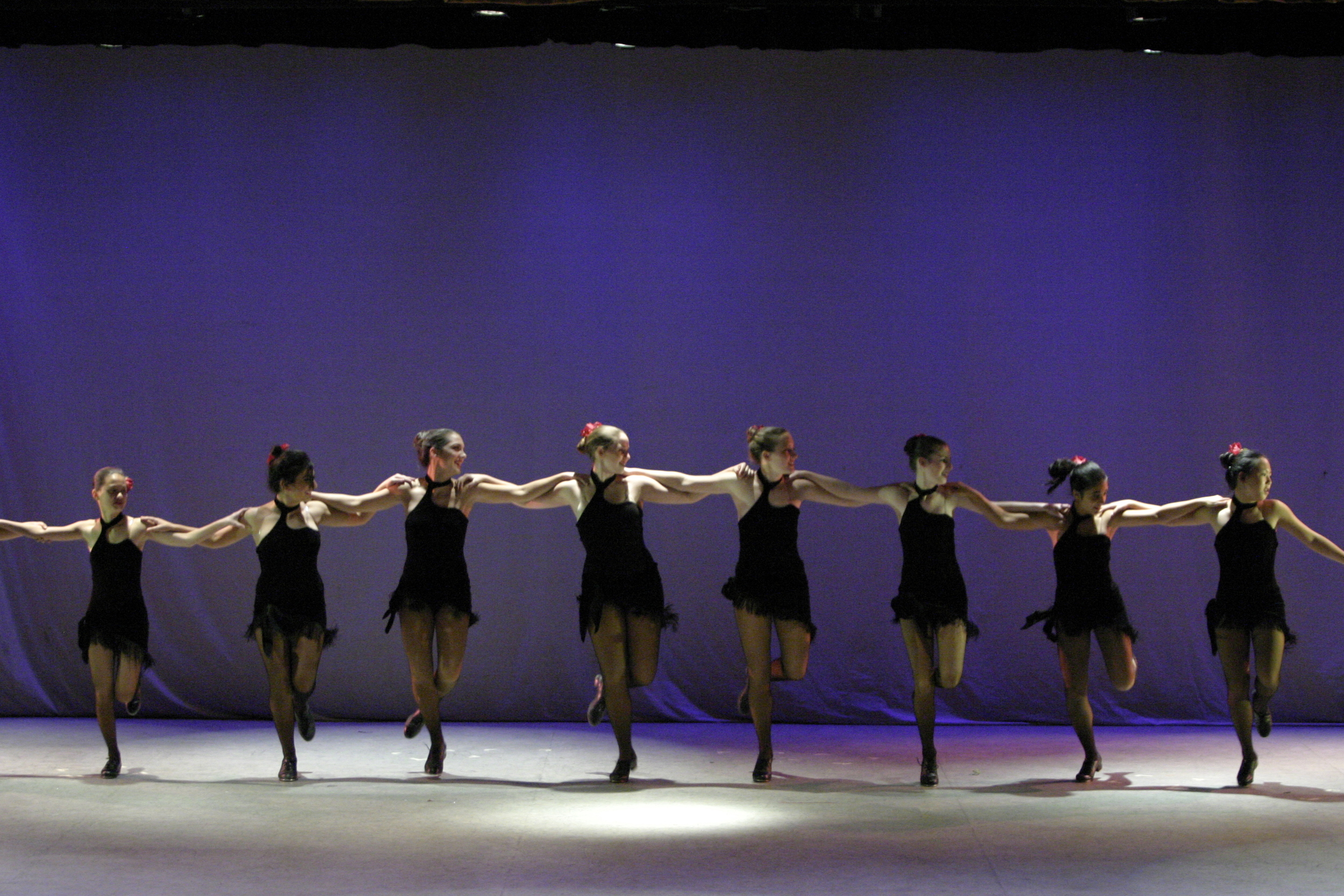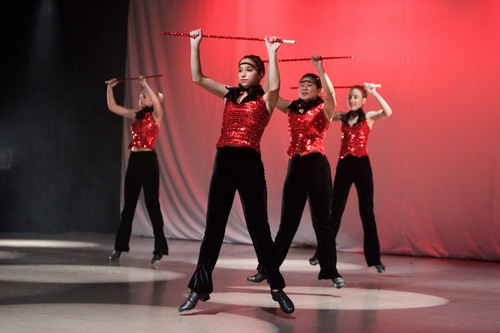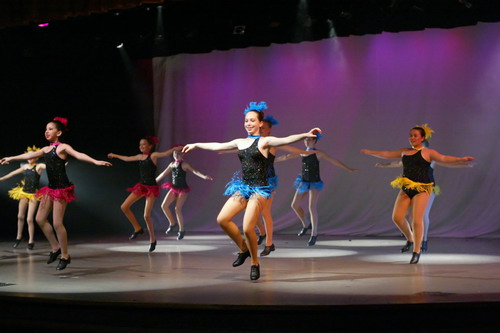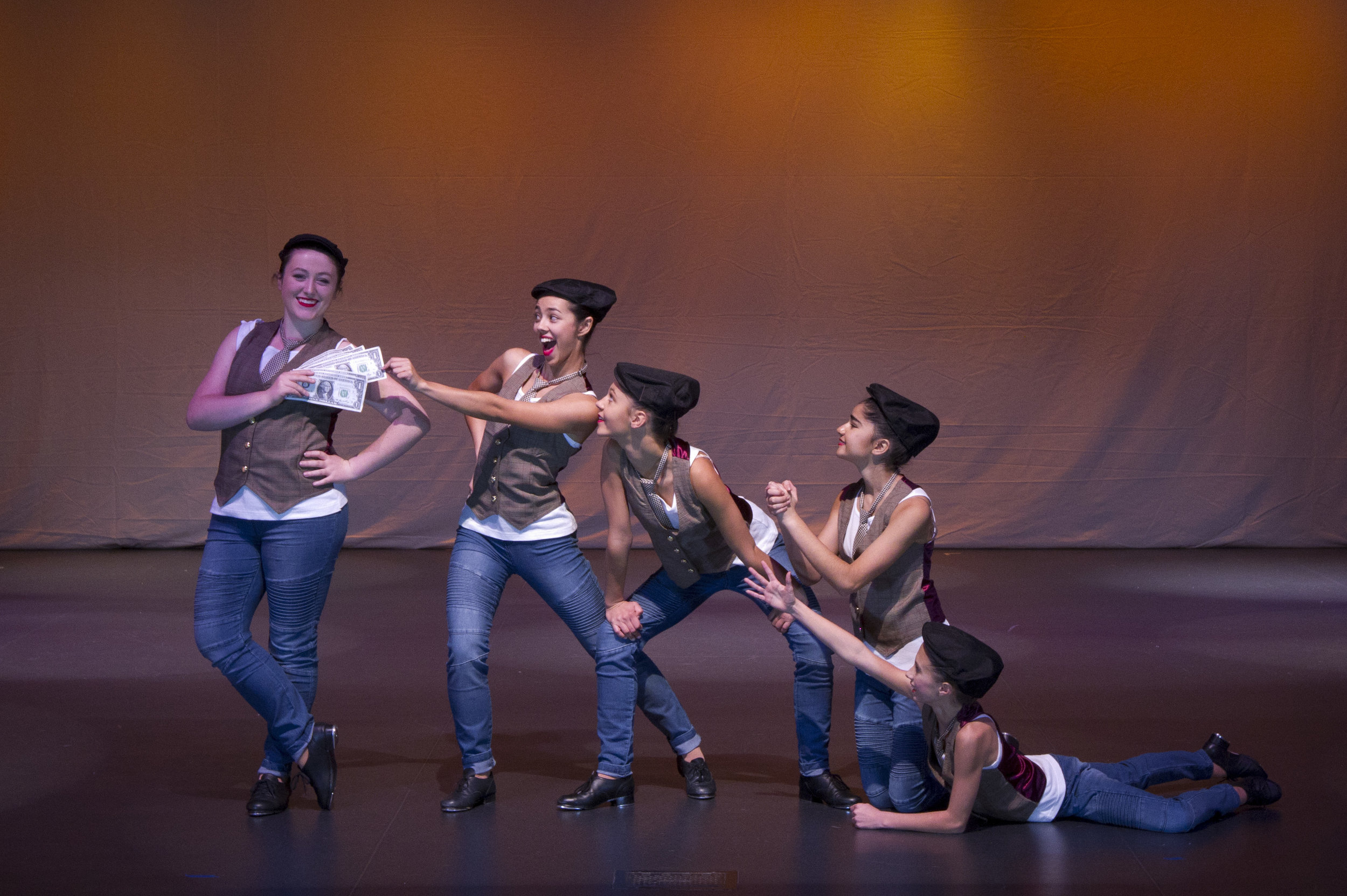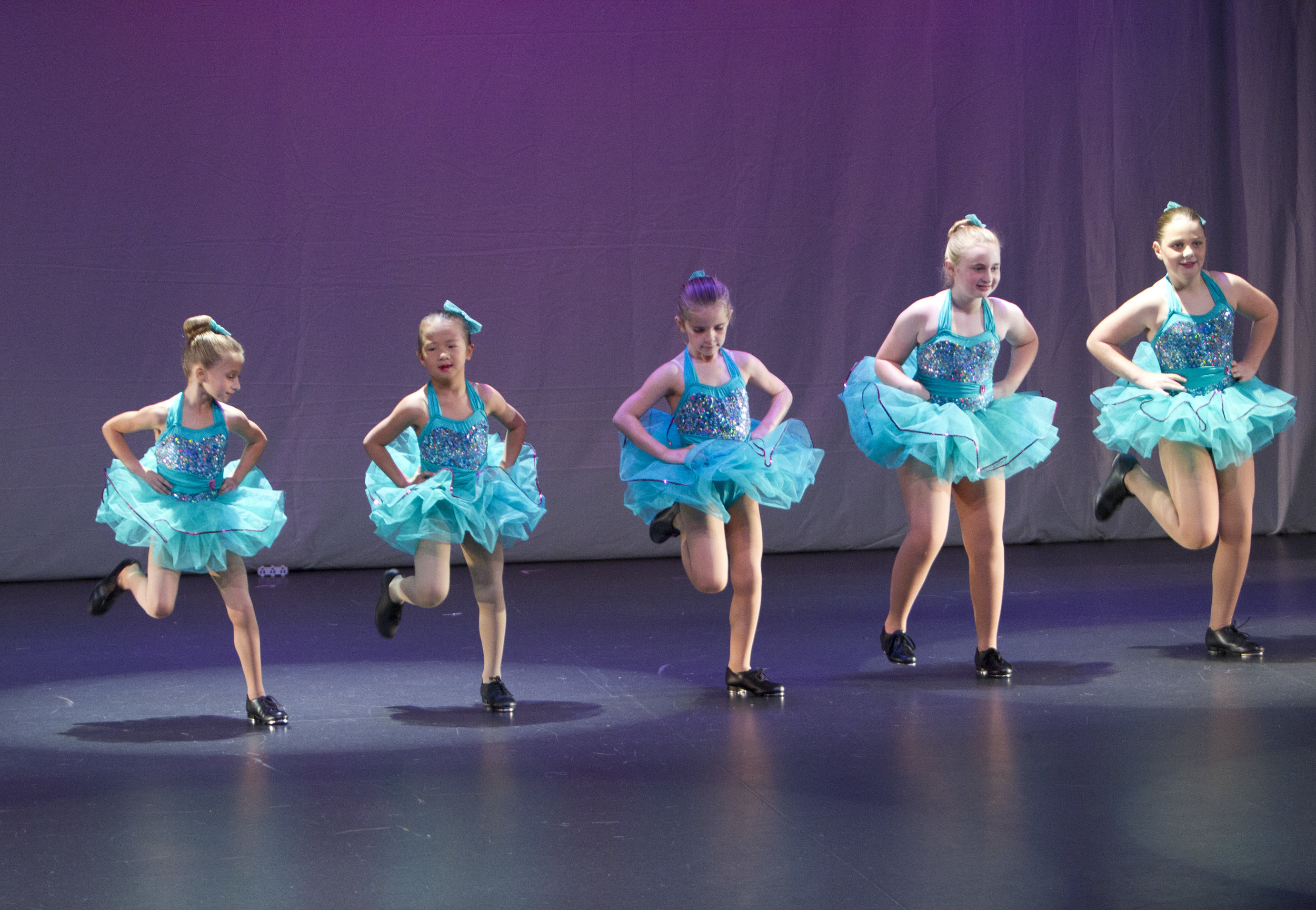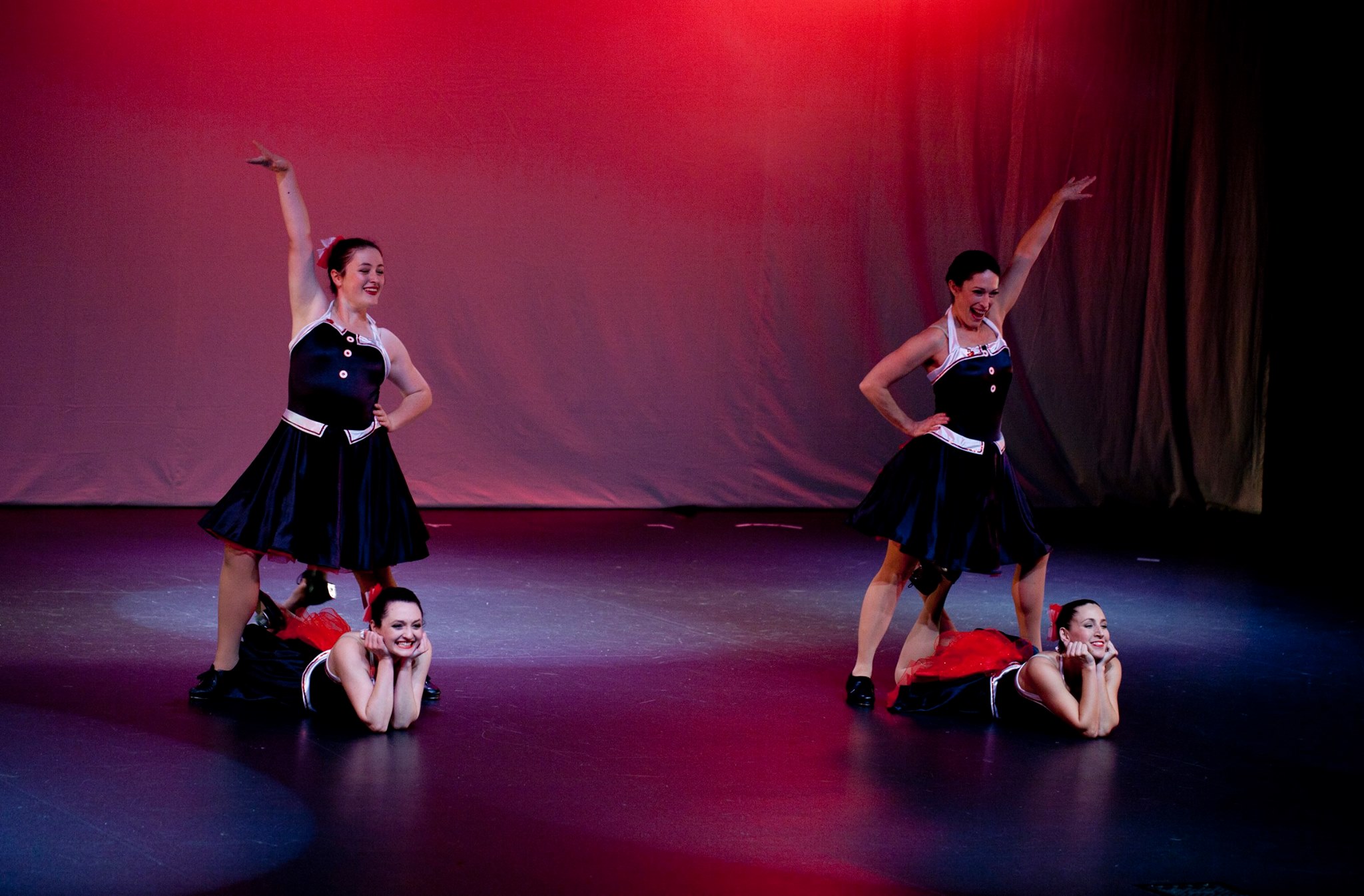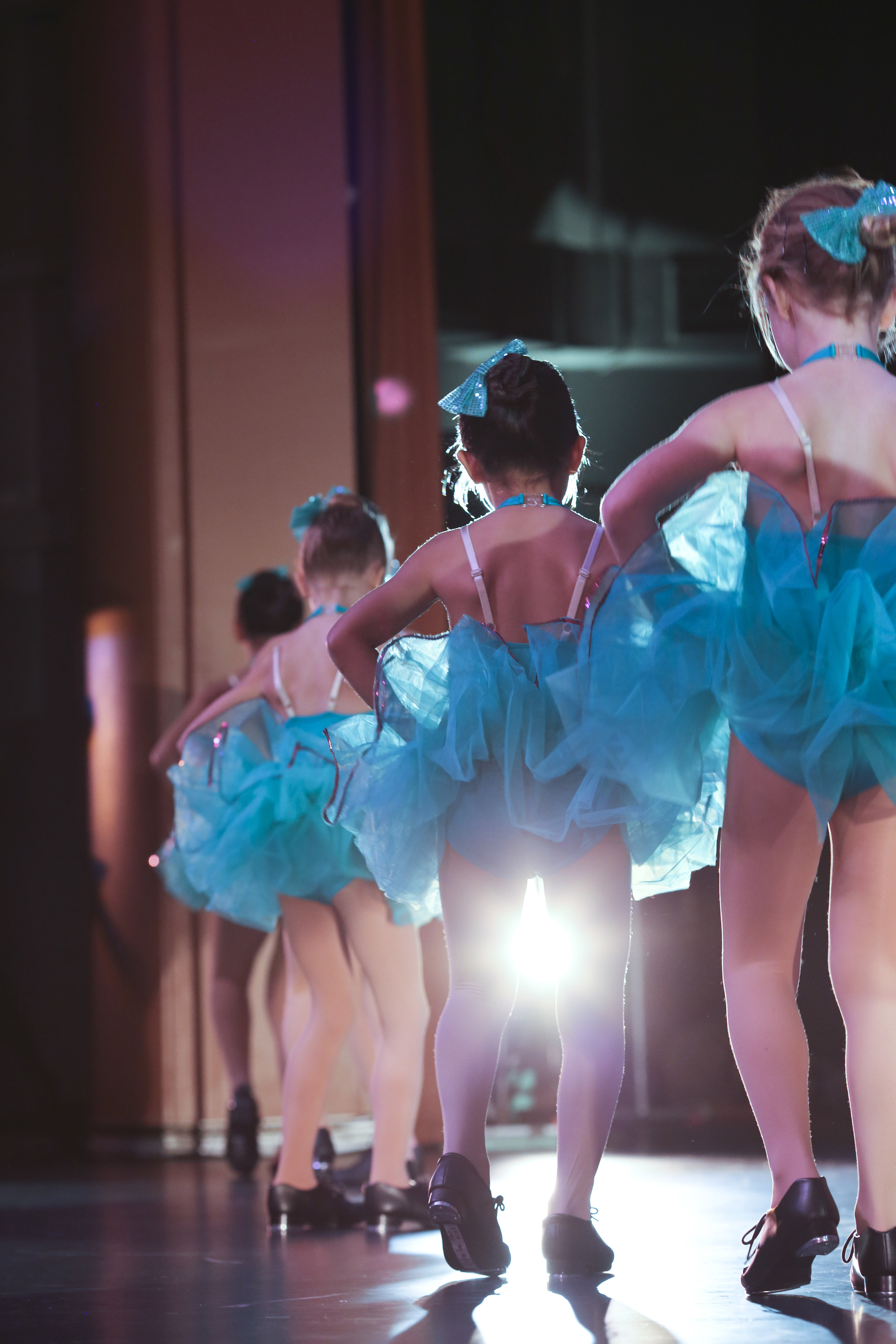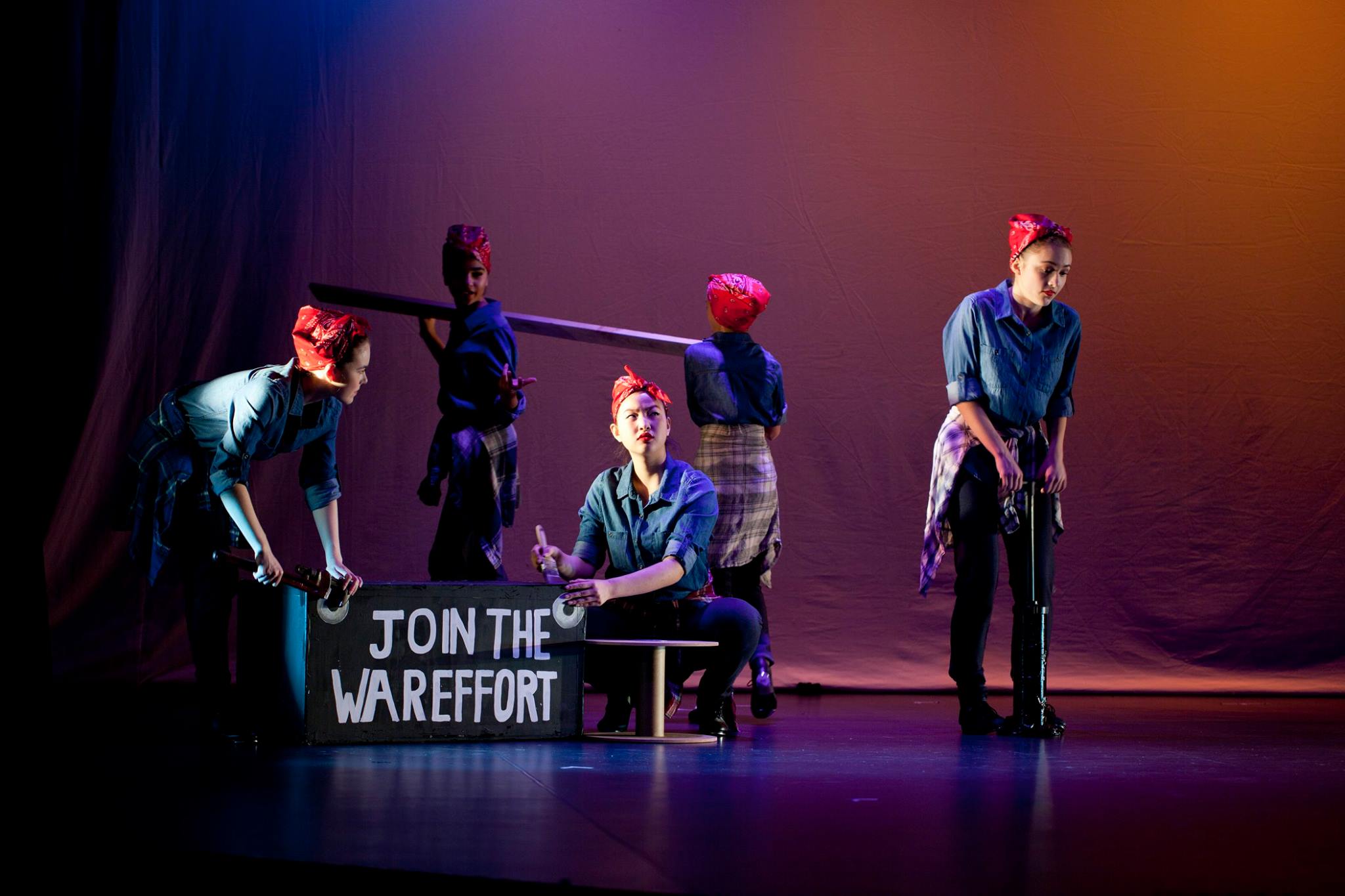Tap-Feel the Rhythm
Besides being an important part of American history Tap gives our dancers a fine-tuned sense of rhythm and of how to count music. We recommend tap both as a fun activity and as an important part of every dancer's training.
The sources of tap dancing include the Irish solo step dance, the English clog dance, and African dance movements. These merged by the early 19th century into folk styles, the modern descendants of which include buck-and-wing dancing and southern United States clogging (both done in leather-sole shoes). Adapted theatrically in 1828 in the first blackface minstrel show, in the dancing of Thomas "Daddy" Rice. In late 19th-century minstrel shows and showboat routines, two techniques were popularized: a fast style in wooden-sole shoes, also called buck-and-wing and soft-shoe, a smooth, leather-sole style made famous by George Primrose. These styles gradually coalesced, and by the 1920s metal plates, or taps, had been added to leather-soled shoes. In the 1920s and 1930s black dancers contributed to the development of new styles of tap dance and a more syncopated style of tap dance. Jazz provided further rhythmic complexity, and Bill "Bojangles" Robinson became America's most famous tap dancer. Tap was further expanded in the 1930-40s, when dancers such as Fred Astaire, Ray Bolger, and, in the 1950s, Gene Kelly added movements from ballet. In the late 1970s interest in tap dance underwent a resurgence and has remained popular since.
